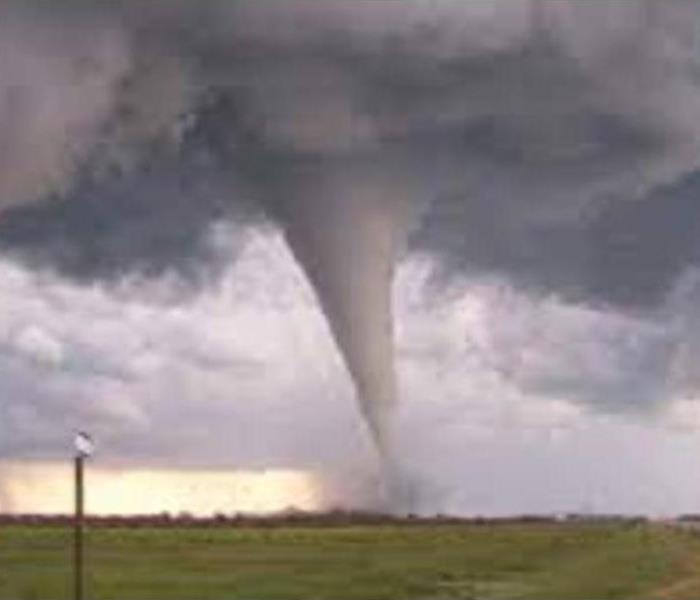Tornado Warning Systems
9/20/2022 (Permalink)
History of Tornado Warning Systems
In the late 1800s, the US army started studying the science behind tornadoes and how to predict them. However, they decided it wasn’t wise to issue public warnings for fear of causing panic and chaos. Even mention of the word “tornado” was banned.
This thinking changed in 1948 when a tornado tore through Oklahoma’s Tinker Air Force base, causing millions of dollars worth of damage and killing several people. By this point, large outdoor sirens were already being used in Europe to warn civilians of air strikes during World War II. The concept came to America in 1950 when President Harry Truman responded to the threat of the Cold War by setting up sirens to warn of an atomic attack that never came.
In 1970, there were many functional sirens still in place – government officials began using sirens as a tornado warning system. Many of these sirens are still in place, but sometimes power loss and other issues prevent them from working when they’re needed most.
That’s why newer technology – from TV to radio to text messaging – is used today to warn the public of approaching tornadoes. Utilizing multiple systems increases the chance that every citizen will hear about the storm and seek shelter.
How to Stay Informed of Severe Weather
Whether you live in Tornado Alley and have sirens in your town, or you live in a lower-risk state, follow these tips so you never miss the latest tornado warning:
Keep your cell phone on you
As long as your cell phone has a signal, you can receive a warning message from the Wireless Emergency Alert system. When a tornado warning is issued in a particular county, every cell tower in the area transmits a warning to all phones within range.
The incoming alert has a different sound than just a normal text message or ringtone to catch your attention. The alert also has a text message attached with a brief explanation of the warning and advice to take shelter immediately.
Storm alerts don’t work with older phones, so contact your wireless provider to make sure your cell is compatible. If not, consider upgrading. No fee is required to participate in and receive storm alerts.
Turn on the news or the radio
If you look outside and notice dark, swirling clouds, tune in to your local news station (on TV or the radio) for an update. If a bad storm is coming, normal coverage should be replaced by emergency storm updates and tornado warnings.





 24/7 Emergency Service
24/7 Emergency Service
